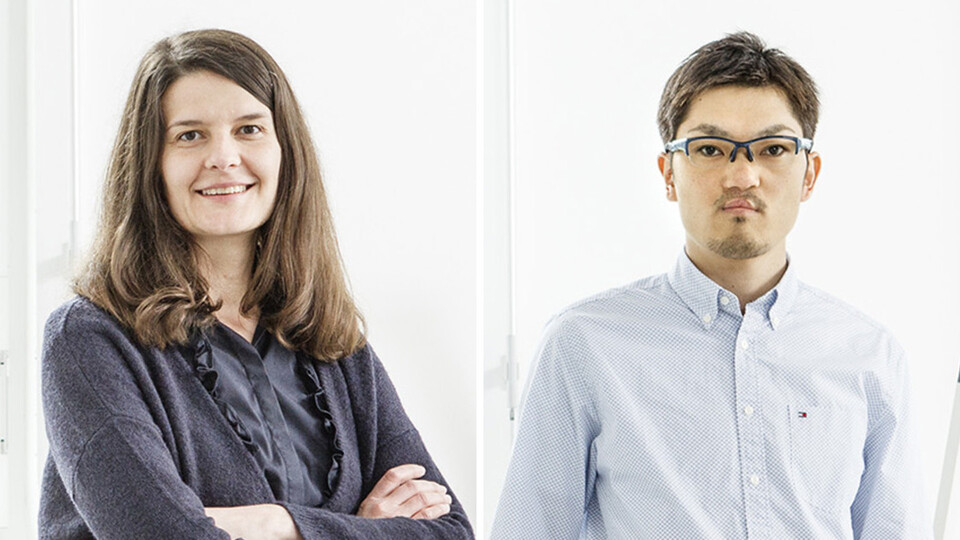
Elif Karagöz studied Molecular Biology in Turkey and Germany before earning her PhD at Utrecht University in the Netherlands. During her postdoctoral fellowship, she worked in the lab of Peter Walter at the University of California, San Francisco. Elif has been a group leader at the Max Perutz Labs since 2019, where she focuses on the mechanisms of protein quality control in cells. The Karagöz lab is particularly interested in how cells detect disturbances in their proteome and maintain protein homeostasis. Elif says: “With the security of tenure, my lab is more motivated than ever to be bold and innovative. Our thought process and technical expertise have greatly benefited from the collaborative environment at the Max Perutz Labs and the Vienna BioCenter.” Recent findings from her lab reveal that disordered protein segments play critical regulatory roles in the stress signaling pathways. Building on these discoveries, the Karagöz lab plans to explore the control of protein homeostasis in greater depth in the coming years.
Read the latest news from the Karagöz lab here and here
Shotaro Otsuka earned his PhD in Kyoto, Japan, and completed a postdoctoral fellowship at the European Molecular Biology Laboratory (EMBL) in Heidelberg, Germany, in the lab of Jan Ellenberg. In 2019, he became a group leader at the Perutz, focusing on elucidating the mechanisms of inter-organelle communication. The Otsuka lab primarily investigates the dynamic interplay between the endoplasmic reticulum (ER) and the nucleus throughout the cell cycle. By combining light and electron microscopy, the lab has achieved high spatiotemporal resolution imaging of the connections between these membrane-bound subcellular compartments. Shotaro explains: “Our research has evolved from fascinating observations made by light and electron microscopy. I am confident that these observations, combined with our passion for discovery, will unveil the hidden mechanisms of inter-organelle communication.” The lab’s current projects include revealing the mechanisms of ER-nucleus communication via their connecting junctions and studying how cell organelles are faithfully inherited during cell division.
Read the latest news from the Otsuka lab here